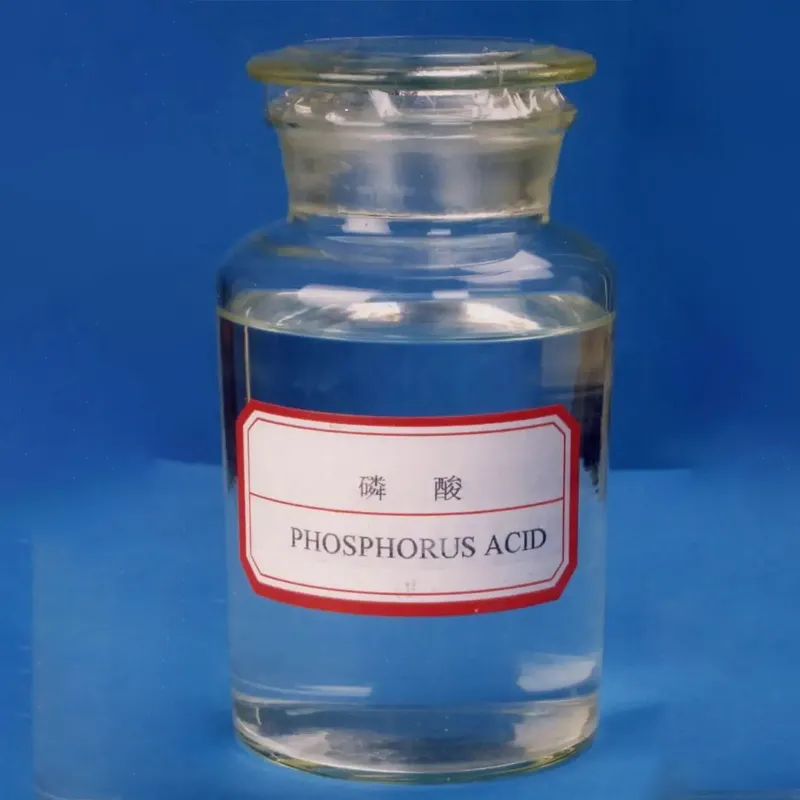
Exploring E901 Food Additives and Their Role in Food Preservation and Safety
Understanding E901 The Role of Beeswax as a Food Additive
In the ever-evolving landscape of food technology, additives play a critical role in enhancing the quality, safety, and longevity of food products. Among these additives, E901, commonly known as beeswax, has garnered attention for its unique properties and versatile applications in the food industry. This article aims to explore the characteristics, uses, safety, and regulatory aspects of E901.
What is E901?
E901 is the European food additive code assigned to beeswax, a natural wax produced by honeybees. It is a complex mixture of fatty acids, esters, and alcohols, primarily used for its emulsifying, stabilizing, and glazing properties. Beeswax is derived from the honeycomb of bees, where it plays a crucial role in the construction and maintenance of their hives.
Applications of E901 in Food
One of the primary uses of E901 in food is as a glazing agent. It gives a shiny appearance to various products, enhancing their visual appeal. Confectioneries, fruits, and vegetables frequently utilize beeswax to maintain freshness and prevent moisture loss. For instance, coated apples or chocolates often feature a beeswax sheen, which not only makes them look more appetizing but also helps to preserve their quality during storage and transportation.
E901 is also used as a food additive in the production of certain cheeses. It acts as a protective barrier, helping to prevent mold growth and excessive moisture loss during the aging process. This protective layer ensures that the cheese maintains its flavor and texture, ultimately contributing to a better product for consumers.
e901 food additive

Furthermore, beeswax is employed as an emulsifier in various food products, facilitating the blending of oil and water-based ingredients. It plays a vital role in the formulation of creams, dressings, and margarine, ensuring consistent texture and stability.
Safety and Regulation
As a natural product, beeswax is generally recognized as safe (GRAS) by food safety authorities, including the European Food Safety Authority (EFSA) and the U.S. Food and Drug Administration (FDA). However, its sources and processing methods are vital to ensure its safety for consumption. Only food-grade beeswax, which meets strict purity standards, should be used in food products.
Moreover, it is essential for food manufacturers to provide clear labeling when using E901 in their products. This transparency allows consumers to make informed decisions, particularly those with allergies or dietary restrictions. While beeswax itself is considered safe, potential allergens or contaminants from the source or processing methods must be monitored and controlled.
Conclusion
E901, or beeswax, is a fascinating example of how natural substances can be utilized effectively in the food industry. Its multifunctional properties as a glazing agent, emulsifier, and preservative make it a valuable additive for various products. As consumers become more aware and concerned about food safety and ingredient transparency, the role of E901 will undoubtedly continue to evolve.
Overall, beeswax presents a compelling case for the balance between nature and technology in food processing. Its longstanding historical use, combined with modern regulatory standards, supports its position as a safe and effective food additive. As the food industry advances, the utilization of natural additives like E901 may pave the way for healthier, more sustainable food options that cater to the growing demands of consumers globally.
-
Pure Sodium Dichloroisocyanurate Dihydrate | Powerful DisinfectantNewsAug.29,2025
-
Industrial Chemicals: Quality & Purity for Every IndustryNewsAug.28,2025
-
Nitrile Rubber Honoring Strict Production StandardsNewsAug.22,2025
-
Aspartame Ingredients Honoring Food Safety ValuesNewsAug.22,2025
-
Fertilizer for Balanced Plant NutritionNewsAug.22,2025
-
Cyanide Gold Processing with High Purity AdditivesNewsAug.22,2025
-
Formic Acid in Textile Dyeing ApplicationsNewsAug.22,2025
Hebei Tenger Chemical Technology Co., Ltd. focuses on the chemical industry and is committed to the export service of chemical raw materials.
-

view more DiethanolisopropanolamineIn the ever-growing field of chemical solutions, diethanolisopropanolamine (DEIPA) stands out as a versatile and important compound. Due to its unique chemical structure and properties, DEIPA is of interest to various industries including construction, personal care, and agriculture. -

view more TriisopropanolamineTriisopropanolamine (TIPA) alkanol amine substance, is a kind of alcohol amine compound with amino and alcohol hydroxyl, and because of its molecules contains both amino and hydroxyl. -

view more Tetramethyl Thiuram DisulfideTetramethyl thiuram disulfide, also known as TMTD, is a white to light-yellow powder with a distinct sulfur-like odor. It is soluble in organic solvents such as benzene, acetone, and ethyl acetate, making it highly versatile for use in different formulations. TMTD is known for its excellent vulcanization acceleration properties, which makes it a key ingredient in the production of rubber products. Additionally, it acts as an effective fungicide and bactericide, making it valuable in agricultural applications. Its high purity and stability ensure consistent performance, making it a preferred choice for manufacturers across various industries.





